Last week, I saw a plenty of posts like “my internet browser demonstrates me undesirable Date4you2.top pop-up promotions, is it a virus?” or “these Date4you2.top pop-up ads in my Chrome making me crazy, how to take care of them?”. Due to the stats for last months, pc virus distributors started a broad adware distribution campaign. Let me demonstrate you, how you can eliminate the viruses from your PC, and also forget about the irritating Date4you2.top pop-ups.
Pop-Ups : Discovering The Nature
You can admit that some sites (like a Date4you2.top) offer you pop-up ads. The message can have something like “do you want to receive notices relating to the current news?” or “permit notifications to be reported regarding latest discount rates?”. Typically, such messages are risk-free, and can just distract you with its abrupt arrival. Plus it can be quickly turned off, in case notifications from this site are no longer needed.
Pop-up notices are rather an reliable advertising mechanism. If you are interested in items of some type, you can allow pop-ups from the site where you can acquire this things, and also as quickly as these products are in inventory again, or if you can have a price cut – you will obtain the notification about this. The counterparty – online stores, cars and truck lending services, etc – will certainly remain in profit, too – buyer will undoubtedly obtain a pointer about the product he/she meant to buy. And such an advertising technique is almost cost-free – this aspect is really essential for corporations.
| Site | Date4you2.top |
| IP Address | 162.55.59.222 |
| Infection Type | Adware, Push notifications, Unwanted Ads, Pop-up Ads |
| Symptoms | Annoying pop-up ads in the right corner. |
| Similar behavior | Klemusvid.cc, News-hovupi.cc, Sinknslide.xyz |
Date4you2.top Pop-Ups Are Not So Safe
However often pop-up promotions can show up without your approval, as well as with a material which is completely different from your existing attentions or search questions. And, besides unwanted Date4you2.top pop-ups from the unknown source, you can at the same time see a great deal of ads, including ones on the web pages which initially have no promotions at all. Such a situation can be the proof of adware existence.
Adware is the type of malware which infiltrates into your system, then starts suggesting you numerous ads. Their content often has no connection with your typical search questions. Besides banner advertisements, your web browser can also display you a massive amount of different Date4you2.top pop-up ads, which come into view in the lower right area.
The model of adware use is really sly. The huge pack of adware is dispersed through trojan viruses, which are infiltrated in your personal computer previously. Ads, which are shown to you by malware, are paid by their creators. In a few weeks, all antivirus programs began to block these adware, for this reason, trojan sheds in earnings. And to finish the user’s PC, virus distributors start ransomware distribution through these trojans.
Even if there is no active ransomware distribution, your computer can still be influenced by adware virus. A substantial number of advertisements in addition to Date4you2.top pop-ups can make your PC as slow-moving as snail, so your common work will certainly be impossible to do in common manner.
How Can I Deal With Date4you2.top Pop-Ups?
Concluding the text above: your desktop, and your information, is in a serious risk. To quit this infection, you need to use anti-virus program. Microsoft Defender, which is installed in every Windows 10 distribution, has the ability to handle Date4you2.top pop-ups malware. However, it can’t return the browser changes which were applied by harmful program. Another negative aspect of the anti-virus by Microsoft is its certain vulnerability: viruses can disable Microsoft Defender through the Group Policies after being implanted to your computer system.
To be 100% sure that your PC is clean of any malware now, and will be clean in future, I can advice you to use GridinSoft Anti-Malware.
To detect and eliminate all malicious applications on your PC, including Date4you2.top pop-ups virus, with GridinSoft Anti-Malware, it’s better to use Standard or Full scan. Quick Scan is not able to find all the malware, because it scans only the most popular registry entries and directories.
You can spectate the detected viruses sorted by their possible hazard during the scan process. But to perform any actions against malicious programs, you need to hold on until the scan is finished, or to stop the scan.

To choose the action for each spotted virus or unwanted program, click the arrow in front of the name of detected malware. By default, all the viruses will be removed to quarantine.

Reverting browser settings to original ones
To revert your browser settings, you need to use the Reset Browser Settings option. This action is not able to be intercepted by Date4you2.top malware, hence, you will surely see the result. This option can be found in the Tools tab.

After pressing the Reset Browser Settings option, the menu will be shown, where you can specify, which settings will be reverted to original.

Reset browser setiings without using third-party applications
Besides using antivirus tools for browser recovery, you can choose the “Reset browser settings” option, which is usually embedded in all popular web browsers.
Reset Microsoft Edge ⚙ Settings
- Open "Settings and more" tab in upper right corner, then find here "Settings" button. In the appeared menu, choose "Reset settings" option:
- After picking the Reset Settings option, you will see the following menu, stating about the settings which will be reverted to original:
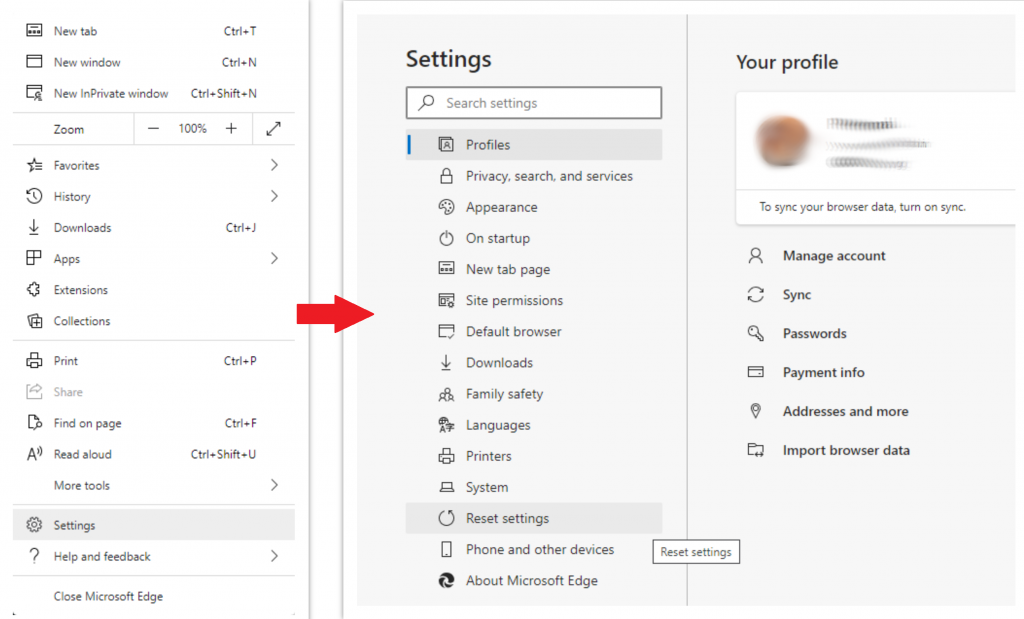

Reset Mozilla Firefox ⚙ Settings
- Open Menu tab (three strips in upper right corner) and click the "Help" button. In the appeared menu choose "troubleshooting information":
- In the next screen, find the "Refresh Firefox" option:
- Open Settings menu by pressing the gear icon in the toolbar (left side of the browser window), then click "Advanced" option, and choose "Browser" button in the drop-down list. Scroll down, to the bottom of the settings menu. Find there "Restore settings to their original defaults" option:
- After clicking the "Restore settings..." button, you will see the window, where all settings, which will be reset, are shown:
- Open Settings tab, find the "Advanced" button. In the extended tab choose the "Reset and clean up" button:
- In the appeared list, click on the "Restore settings to their original defaults":
- Finally, you will see the window, where you can see all the settings which will be reset to default:
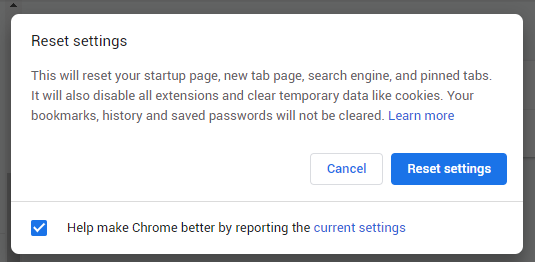
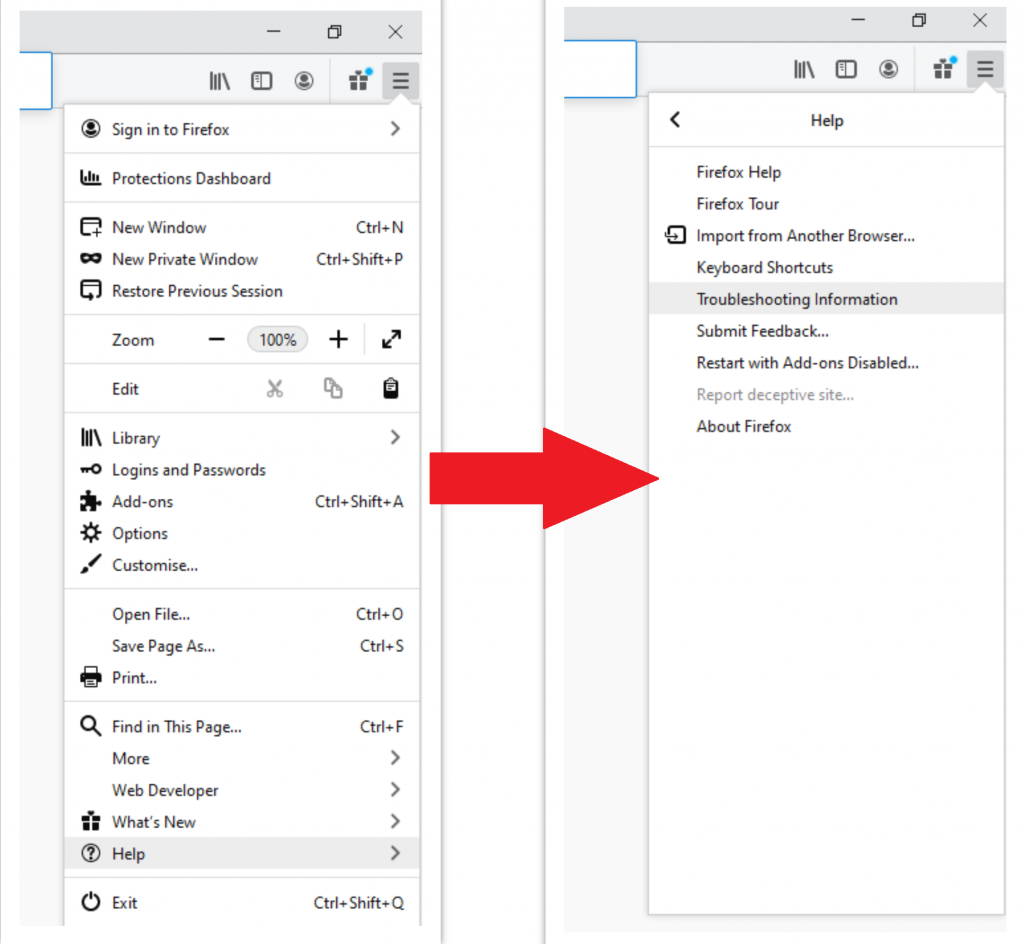
 After choosing this option, you will see the next message:
After choosing this option, you will see the next message:

Reset Opera ⚙ Settings


Reset Google Chrome ⚙ Settings
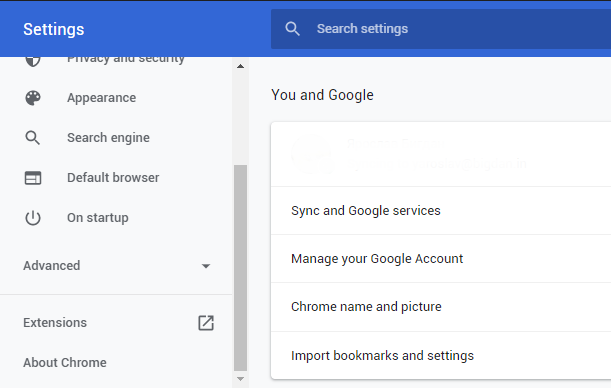
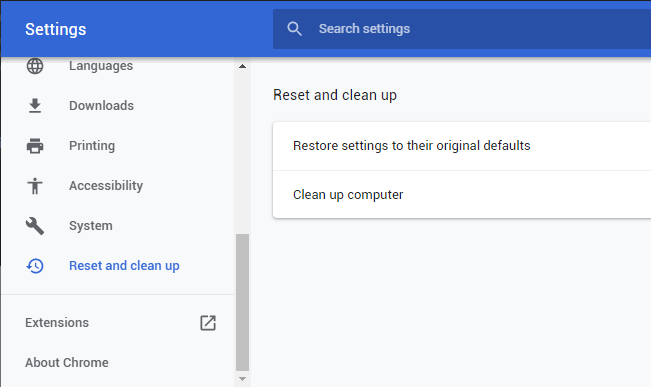
As an afterword, I want to say that the time plays against you and your PC. The activity of browser hijacker Date4you2.top must be stopped as soon as possible, because of possibility of other malware injection. This malware can be downloaded autonomously, or offered for you to download in one of the windows with advertisements, which are shown to you by the hijacker. You need to act as fast as you can.











